Dog Physiotherapy: A Key to Keep Your Dog Strong & Active
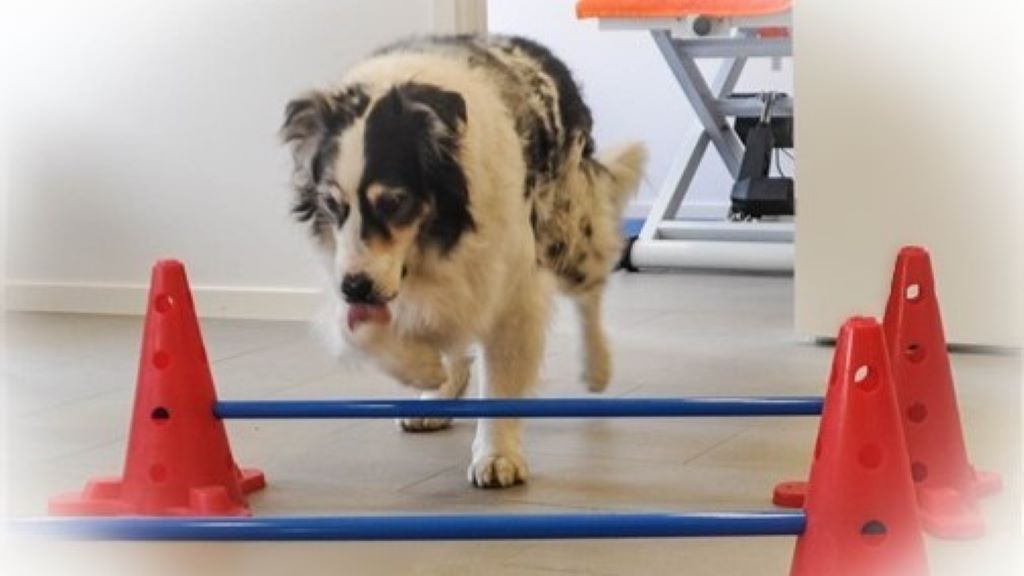
Introduction
Dog physiotherapy isn’t just about fixing problems – it’s about keeping dogs in the best possible shape and physically prepared for the activities they do. It’s about understanding how the dog’s body works, whether it’s strong enough, and whether it moves in balance without compensating. By doing so, we not only reduce the risk of future wear and tear, such as arthritis but also prevent other injuries and movement issues. In this way, we can give them the best conditions for a long active life and prevent many problems from even developing.
Physiotherapy provides the tools to support our dogs at every stage of life, helping them stay strong, mobile, active, and happy. But knowing how and when to apply these techniques isn’t always easy. That’s why I started online Dog Wellness, to provide pet owners with tools to detect small changes in time and know what to do.
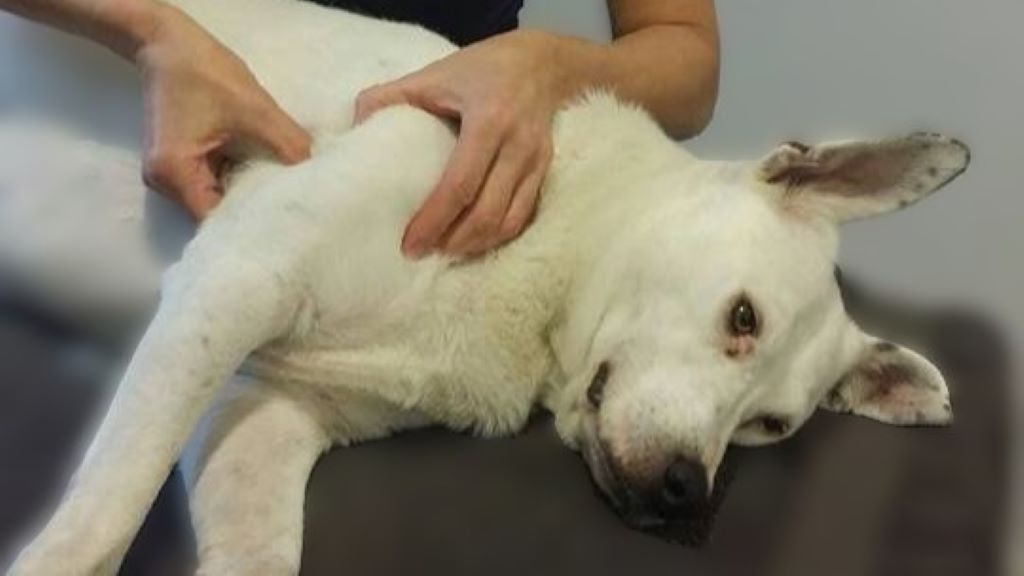
Recovery After Injury – Why Rest Alone Isn’t Enough
Why Injuries Cause Imbalances in the Body
Once an injury happens - which even the most trained and prepared dog can suffer from – It's not enough to simply rest and then return to activity. Getting the right help from the start makes a big difference. You may have experienced limping yourself and know how difficult it can be to stop, even after the pain is gone. Why is that? After an injury, muscle activity in the area is inhibited to relieve the injured area. This forces other parts of the body to work harder. Additionally, the joints near the injury become unstable, which the body automatically compensates for.
Why Rest Alone Won’t Fix the Problem
For a person, we can say, “Walk without limping,” and show them how off-balance they are. That makes it much easier to correct and train properly. But with a dog, which instinctively distributes weight in the best way to keep moving, this kind of compensation can become permanent unless we intervene. Physiotherapy gives us great tools to guide and encourage the dog to put more load on that limb, increase strength and endurance, and restore balance in the body and movements.
How Dog Physiotherapy Helps Restore Movement
A structured individualized rehabilitation plan can make a huge difference in recovery and help prevent secondary issues. A study on dogs with iliopsoas muscle injuries found that physiotherapy played a crucial role in their recovery, allowing them to return to their normal activity levels without symptoms like lameness or pain (Davidson et al., 2021). We can retrain their function so they can return to activity, walks, play, training, or competition again, and at the same time, we educate the owner, who gains valuable knowledge to help their dog long-term and spot potential issues earlier. If we can teach the owners to recognize small signs they otherwise might miss, can make a huge advantage and a source of reassurance.
The Importance of Early Rehabilitation
We can’t speed up the body’s natural healing process – tissue repair takes time. But we can optimize recovery by ensuring the dog moves correctly, rebuilds muscle strength with controlled exercises, and avoids complications and compensatory movement patterns. For example, if a dog has had knee surgery and doesn’t start using the leg soon enough, the healing process may slow or even stall. Muscle loss can increase instead of decrease, making rehabilitation harder and more time-consuming. That’s why it’s so important to get started with the right methods early and make sure the owner gets the right support and knowledge to be able to help their dog in the best possible way.
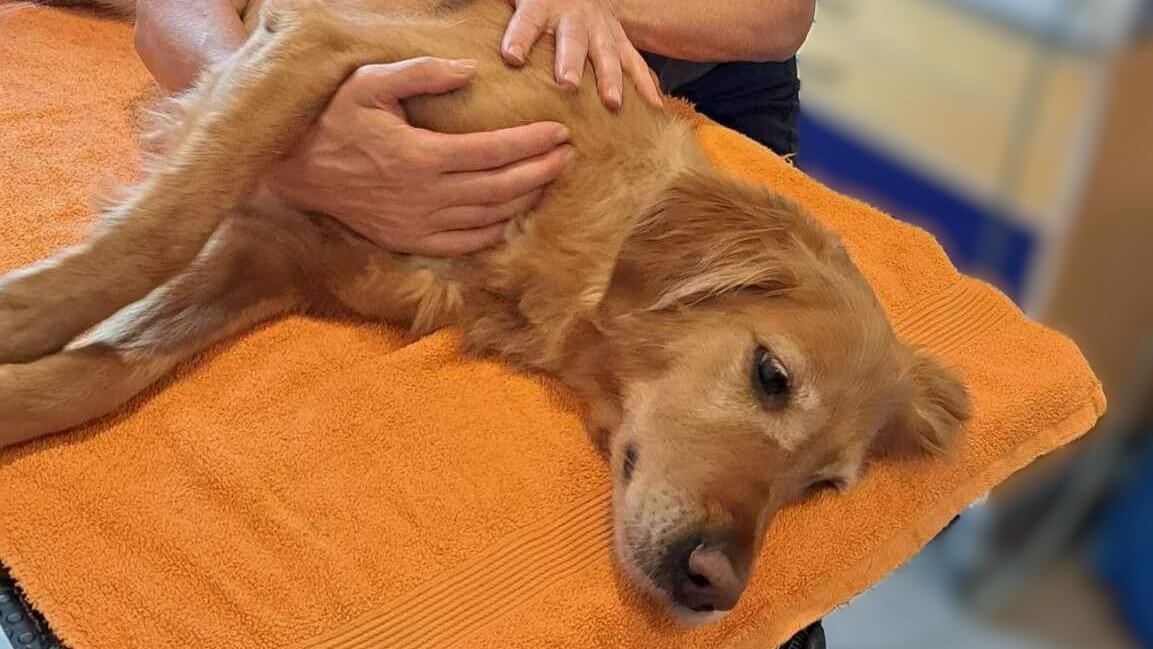
Arthritis – Isn't Just an Issue for Older Dogs
We often think of arthritis as something that affects older dogs, but that’s not entirely true. I see younger and younger dogs showing signs of joint problems – sometimes as early as three years old or even younger. Often, this can be traced back to a minor injury during their growth phase that went unnoticed or untreated.
The Role of Physiotherapy in Managing Arthritis
A recent review emphasizes that physiotherapy plays a crucial role in managing canine osteoarthritis, helping to maintain function and slow disease progression through structured exercise and therapeutic modalities (Camargo et al., 2023).
Even small changes in movement patterns can create extra stress on the joints over time. With all the running, playing, and training dogs do, this wear and tear can eventually lead to arthritis.
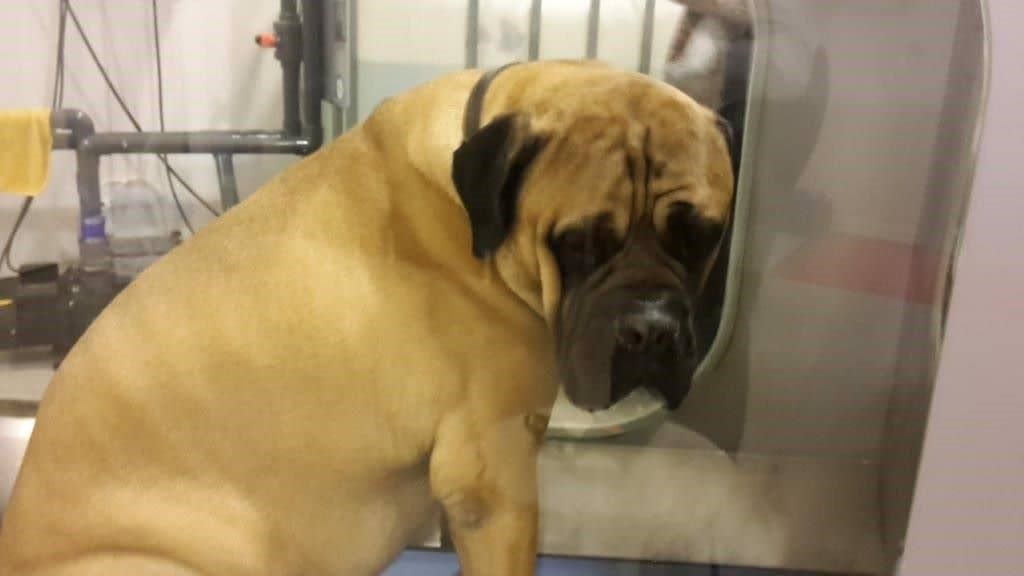
How Weight and Movement Affect Joint Health
Of course, other factors play a role, such as genetics, activity levels, and weight. Excess weight is a major risk factor. Overweight dogs put more strain on their joints and often have less muscle mass to support them. I’ve noticed that many owners don’t realize their dog is carrying extra weight because they’re used to how the dog looks.
Why Early Action Makes a Difference
The earlier you notice small changes in your dog's movement and function—and take action to find out if there is an incipient injury—the better chance you have to prevent future joint issues. It's when we neglect those changes that they might turn into bigger issues. Many problems don’t start overnight—they build up over time. And while dogs are great at hiding discomfort, there are always signs if you know what to look for.
That’s why understanding how to activate them, what to be aware of, and how to help them stay active in a healthy way is crucial. Equally important is knowing how your dog moves and what’s normal for them.
In my upcoming online training platform, books, and articles, I’ll show you simple, hands-on techniques to support you in helping your dog maintain joint health, improve mobility, and stay in top shape—whether they’re young, aging, or recovering from an injury. Because once you know what to look for and what to do, it’s a lot easier.
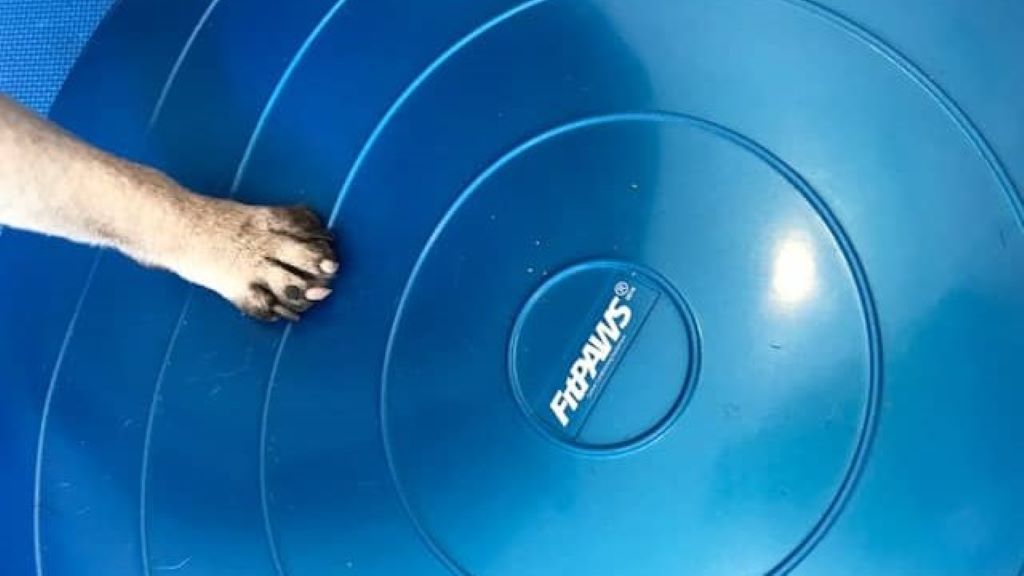
Keeping Active Dogs Injury-Free – What You Can Do
Active dogs – whether they compete in agility, work, hunt, or simply have a lot of energy – are at a higher risk of injury. I’ve seen many injuries in my clinic that could have been prevented if the dog had been properly prepared for its tasks. Injuries often start with overuse or an incorrect movement pattern that isn’t noticed until the damage is done. The dog rests, improves, and is put back into activity, only to get worse again – and this cycle can continue for months or even years.
By identifying potential issues early and working on building body awareness & balance, stamina, and strength, we can help dogs stay healthier and reduce the risk of injury.
Conclusion – Physiotherapy – The Key to Keeping Your Dog Active for Years to Come
One part of responsible dog ownership is understanding how a dog’s body works and how we can help them move optimally. Physiotherapy not only helps prevent injuries but also supports recovery in the best possible way. But, by learning the right skills and paying attention to small changes in movement and behavior, we can truly make a huge difference in our dog’s health, its quality of life, and everyday activities.
Would you like to learn more about how to keep your dog strong and healthy? Physiotherapy is an incredible tool to explore. With the right knowledge, you can make a lasting impact on your dog’s well-being, both now and in the future
🐾 Keep Your Dog Moving Strong & Injury-Free
💡 Join my mailing list and get expert tips on dog wellness, injury prevention, and fitness—straight to your inbox! Learn how to spot early signs of discomfort, protect your dog’s joints, and build simple daily routines to keep them active for years to come.
- Exclusive articles & early access to new resources
- Simple daily routines to support strength & mobility
- Easy ways to prevent joint issues & movement problems
- Hands-on techniques to keep your dog active with confidence
🐾 Sign up today and start making a difference for your dog’s health and happiness!
Start Your Daily Routines Today!